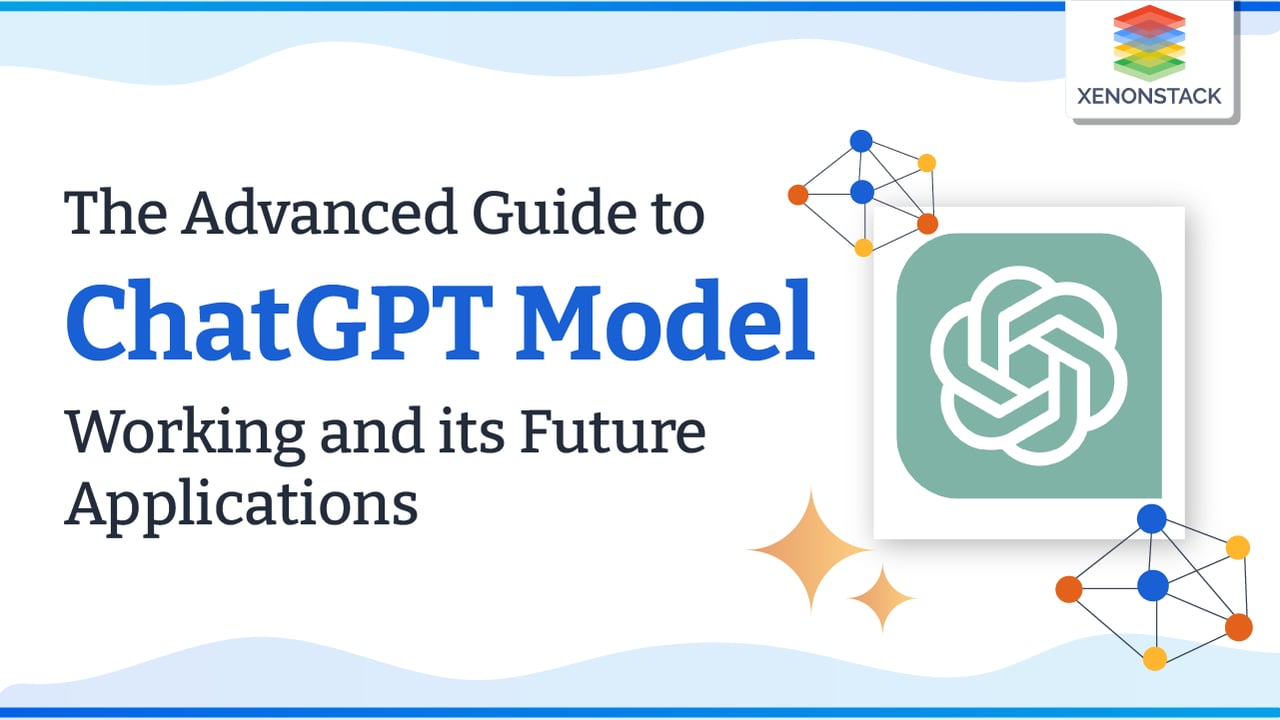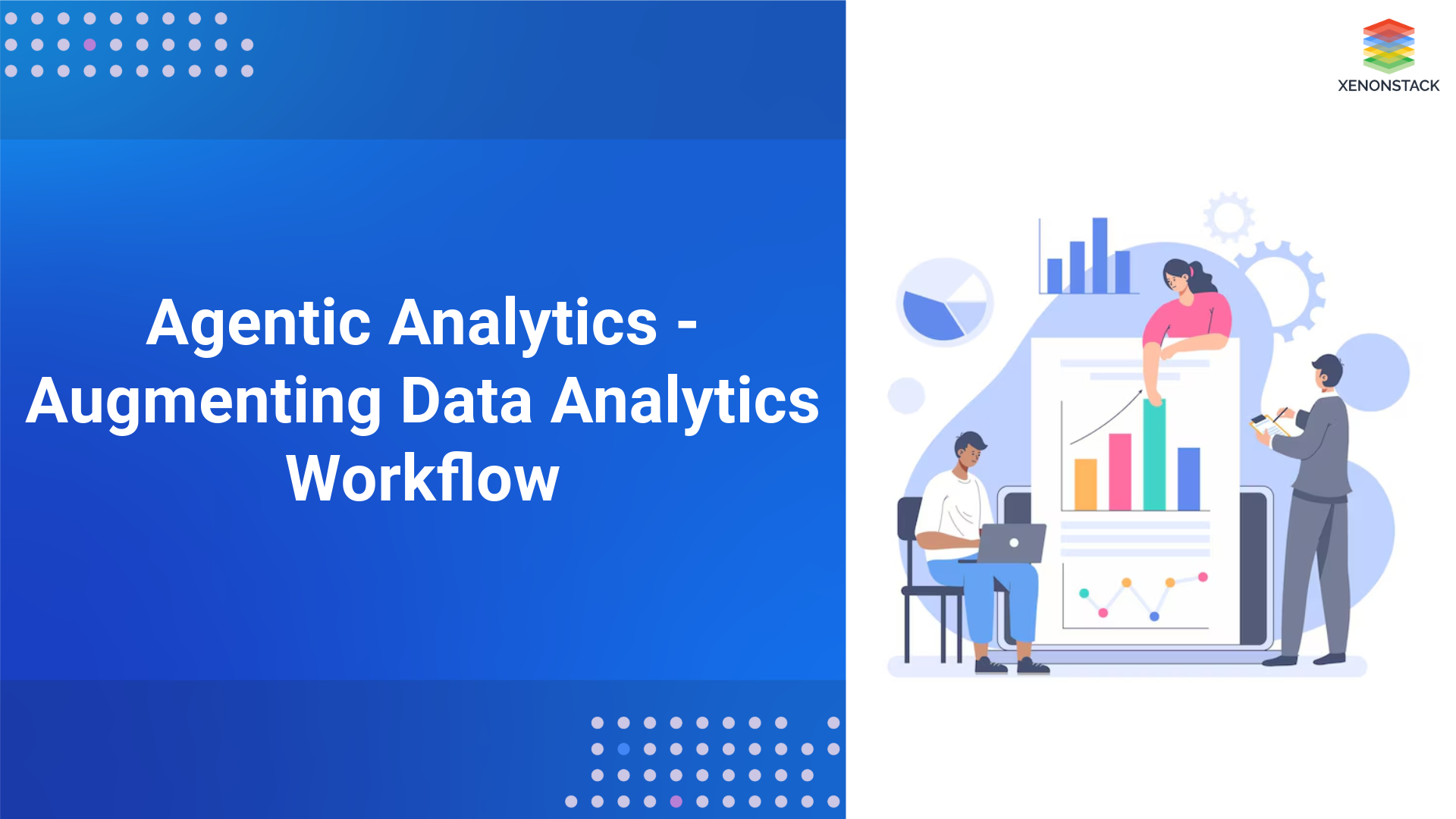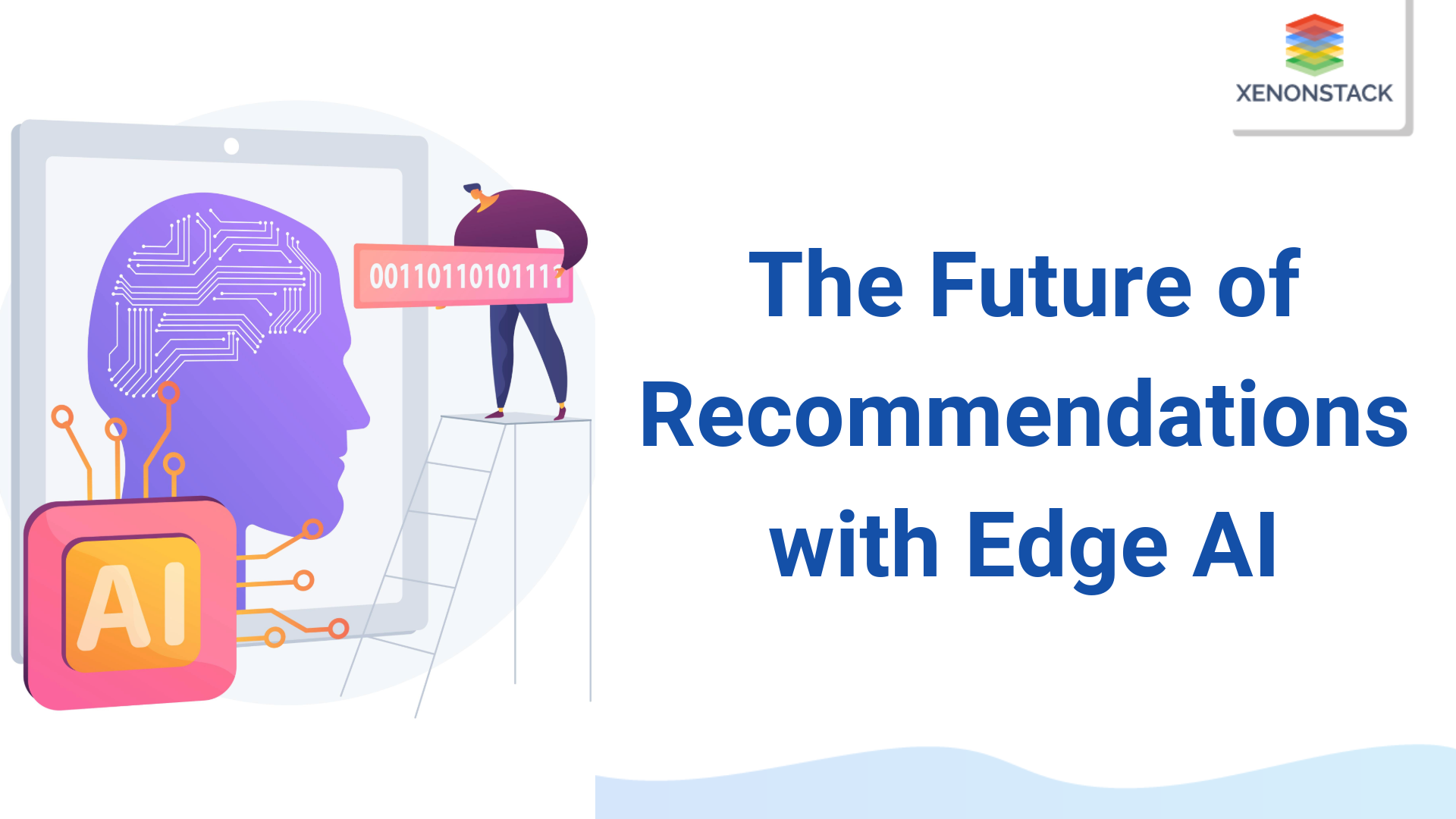
Introduction to ChatGPT
OpenAI released the chatbot and generative AI language tool known as Chat generative pretrained transformer in November 2022.
OpenAI's ChatGPT is a significant language model that can respond to a user's commands in a human-like manner. ChatGPT has received training in various fields, including engineering, mathematics, history, art, and so on, to construct this model. This blog post aims to investigate ChatGPT's capabilities, use cases, various models, and impact.
AI is the reproduction of intelligent human processes, especially machines and computer systems. Taken From Article, Artificial Intelligence Adoption Best Practices
How ChatGPT works?
ChatGPT, like other GPT models, is based on a deep learning architecture called the Transformer. The Transformer model utilizes a self-attention mechanism to capture relationships between different words or tokens in a sequence. Here is a general overview of how ChatGPT works:
- Training Data: ChatGPT is trained on a large corpus of text data from the internet. This data includes many sources, such as books, articles, websites, and other text documents.
- Pre-training: During the pre-training phase, the model learns to predict the next word in a sentence given the previous words. It is trained to understand the statistical patterns and relationships within the text data. This process helps the model learn grammar, facts, reasoning abilities, and common sense.
- Fine-tuning: The model is fine-tuned on a specific task or domain using a more focused dataset after pre-training. For example, in the case of ChatGPT, it is fine-tuned to generate responses conversationally. The fine-tuning process involves providing the model with examples of input-output pairs and adjusting its parameters to minimize the difference between predicted and expected responses.
- Input Processing: When a user inputs a prompt or a message, ChatGPT tokenizes the text into smaller units called tokens. Tokens can be individual words or sub-words, depending on the language. The model then processes the tokenized input.
- Self-attention and Encoding: The tokenized input goes through multiple layers of self-attention and encoding in the Transformer architecture. Self-attention allows the model to weigh the importance of each token in relation to other tokens, capturing the contextual relationships within the input sequence.
- Decoding and Generation: Once the input has been encoded, the model uses a decoding mechanism to generate a response. The model predicts the next token based on the previously generated tokens and the learned contextual information during decoding. This process is repeated iteratively until a stopping condition is met, such as reaching a maximum length or generating a unique token indicating the end of the response.
- Output generation: The generated tokens are converted into readable text and presented as the model's response to the user's input.
An Enterprise AI Chatbot Platform provides a comprehensive solution for businesses to create, deploy, and manage chatbots. Taken From Article, Enterprise AI Chatbot Platform and Solutions
What are the different models of ChatGPT?
The development of ChatGPT has witnessed the evolution of various models, each bringing unique advancements and capabilities to the table.
- GPT: The original GPT model was introduced by OpenAI in 2018. It was trained on a large corpus of text data over 40GB and used a transformer architecture to generate coherent and contextually relevant text. GPT-1 had 117 million parameters.
- GPT-2: Released in 2019, GPT-2 significantly improved over its predecessor. It had 1.5 billion parameters trained on 40 terabytes of text datasets from internet sources (or 117 million with fewer parameters in a smaller variant). GPT-2 eliminated the fine-tuning process, which is expensive and time-consuming.
- GPT-3: Introduced in 2020, GPT-3 was a breakthrough model in scale and capabilities. It had a massive 175 billion parameters that trained on massive text data from diverse resources, making it the most prominent language model then. GPT-3 demonstrated impressive language generation abilities and showed promise in various natural language processing (NLP) tasks.
- GPT-3.5: GPT-3.5 is based on GPT-3 and has only 1.3 billion parameters fewer than the previous version by 100X. GPT-3.5 is a series of models trained on plain text and blended code. Models in the GPT-3.5 series: -
- code-davinci-002
- text-davinci-002
- text-davinci-003
- GPT-4: GPT-4 is a Large Multimodal model as it can accept both text and images and produce human-like text. It is OpenAI’s most advanced system, producing safer and more valuable responses. OpenAI says GPT-4 scores 40% higher than GPT-3.5 in an internal adversarial factuality evaluation. The only way users can use GPT-4 is by subscribing to ChatGPT Plus.
Simultaneously handle many customer inquiries, reducing wait times and improving overall efficiency. Taken From Article, Generative AI in Contact Centre
Applications and Future of ChatGPT
ChatGPT has found applications in numerous domains, transforming industries and revolutionizing human-computer interactions. Some key applications include:
- Content Generation: ChatGPT has empowered content creators by assisting in generating blog posts, articles, and social media content. It offers a valuable tool for brainstorming ideas, expanding creativity, and improving writing efficiency.
- Customer Support: Businesses have leveraged ChatGPT to provide efficient and personalized customer support. The model's conversational abilities enable it to understand customer queries, provide relevant information, and offer solutions, enhancing overall customer satisfaction.
- Virtual Assistance: ChatGPT serves as a virtual assistant, answering questions, providing recommendations, and assisting with everyday tasks. Its natural language understanding and generation capabilities enable seamless interactions, simulating human-like conversations.
- Language Translation: ChatGPT has demonstrated promise in language translation tasks. Its ability to comprehend and generate text in multiple languages enables real-time translation services, facilitating cross-cultural communication.
Future Developments and Possibilities
Looking ahead, the future of ChatGPT holds immense potential. OpenAI aims to address existing limitations, such as biases and the generation of incorrect information. They strive to refine the model's safety features and ensure responsible AI development. Additionally, advancements in multimodal capabilities, incorporating visual and auditory inputs, could further enhance ChatGPT's capabilities and expand its applications.
Conclusion
In conclusion, ChatGPT, a chatbot tool, and generative AI language model developed by OpenAI, has revolutionized human-computer interactions in various domains. Built on the Transformer architecture, ChatGPT utilizes self-attention and encoding mechanisms to process user prompts and generate human-like responses. It has been trained on a large corpus of text data through pre-training and fine-tuning processes. However, sometimes people use the terms ChatGPT and GPT3 interchangeably, but it needs to be corrected because ChatGPT is just a chatbot, and GPT is a model that gives power to ChatGPT.
- Explore our Generative AI Solutions for Advertising Agencies
- Discover here Complete Guide to Enable AI in Retail Industry


